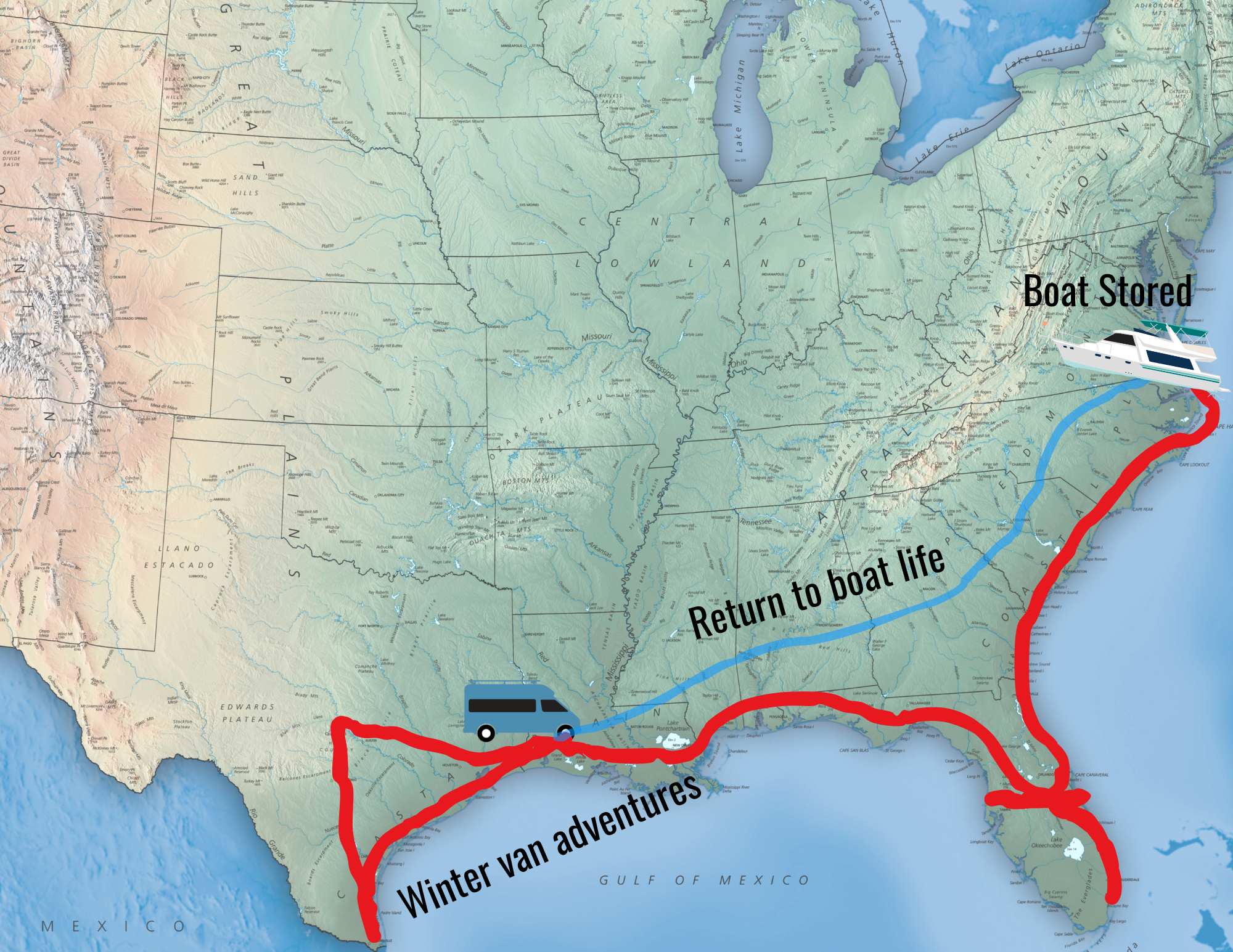Solar panels are only half the battle… You next need something to take the sun juice and squeeze it into your batteries.
There are plenty of reasonably priced basic solar charge controllers, and if you have small panels or you are not overly concerned about every last drop of efficiency – a basic charge controllers is a wise choice.
Something like the MorningStar SunSaver SS-10 costs around $50, and can handle 10 amps of power, enough for 140W of solar panels.
More advanced solar charge controllers support “Maximum Power Point Tracking“, or MPPT. MPPT works by performing a DC-to-DC conversion, allowing the solar panel to run at a higher voltage than the battery. This conversion boosts the charge current into your battery, and can improve overall efficiency by as much as 30%. MPPT is most effective when your battery voltage is low and the solar panels are cold, a common scenario in an RV every morning after a chilly night running lights, heaters, fans, and laptops.
MPPT controllers designed for small systems are still relatively rare, and a bit expensive. But the extra efficiency is worth it to me.
Here are the contender MPPT solar charge controllers I am looking at:
(links go through to the lowest prices I have found…)
- MorningStar SunSaver MPPT: 15 amps. Max input voltage: 75V. Suitable for around 200W of solar. Temperature compensation cable optional ($22). Can handle high panel voltages. The MorningStar is a brand new design (just shipped), and it is getting rave reviews from solar geeks. $190
- Heliotrope HPV-22B: 22 amps. Max input voltage: 30V. Suitable for around 300W of solar. Temperature compensation cable included. “Shore Power Mode” for RV’s. Based upon the older BlueSky SB2000E design. $265
- BlueSky 2512i: 25 amps. Max input voltage: 35V. Suitable for around 350W of solar. NO temperature compensation supported. $167
- BlueSky 2512iX: 25 amps. Max input voltage: 35V. Suitable for around 350W of solar. Optional temperature compensation cable ($29). Also adds support for battery equalization and control of an auxiliary load – such as dusk to dawn lighting. $201
- BlueSky Solar Bost 3024:30 amps. Max input voltage: 57V. Suitable for around 400W of solar. Optional temperature compensation cable ($29). Also adds support for battery equalization and control of an auxiliary load – such as dusk to dawn lighting. $287
Temperature Compensation: If you are going to invest in expensive AGM batteries, it is wise to make sure that your solar charge controller has a battery temperature sensor installed to adjust the charge voltage based upon the actual battery temperature. Otherwise, you risk damaging your batteries by over or under charging.
Voltage Headroom: Typically, to interface with 12V batteries, you want solar panels with around 17V peak charging voltage. To use panels with a higher charging voltage, you need a MPPT charge controller with enough voltage input range to down-convert the panel voltage. In this case, the higher panel voltage actually becomes an advantage, since there is less line loss running a higher voltage over the wire. The BlueSky 3024 and particularly the MorningStar SunSaver support using higher voltage input. This will let you make use of several larger solar panel options that will overwhelm the other controllers, or you have the flexibility to string multiple smaller panels together in series. The key is to have the open circuit voltage of the panels LOWER than the max input voltage for the charge controller. The MorningStar controller really excels here.
Mounting Location: All of these charge controllers are relatively small and can be tucked into any out of the way bulkhead, other than the Heliotrope HPV-22B which needs to be mounted onto an exposed wall area. The HPV-22B has a status screen that shows you battery voltage, and charge current in from the panels and out to the batteries. The HPV-22B also has a “shore power” mode switch which allows you to force the solar charger to step back while you are plugged in.
This sort of system status information is nice to have. To get this with the BlueSky controllers, you need to add the optional IPN-Pro Remote ($180). The IPN-Pro does much more than just show charge controller status though. It also acts as a battery monitor, and gives you a real “gas gauge” readout of battery status, an extremely valuable feature.
The MorningStar controller can interface with a PC, and there is also a basic remote status display available.
Multiple Panel / Future Expansion Considerations: Having a larger charge controller (like the BlueSky 3024i) gives more headroom for future expansion, but it is actually often better just to add a second charge controller later – particularly if you will be using mismatched panels. The huge 75V input range on the MorningStar also makes adding multiple panels in series easy.
Concluding Thoughts:
Each one of these options has merits. But right now I am leaning towards the same setup that is in my current Tab. The BlueSky 2512iX will prevent me from using high voltage panels, but that is really the only limitation. I know and love the ease and attractiveness of the IPN-Pro interface and battery monitoring capabilities.
For anyone else installing a system – the BlueSky hardware is a great foundation to build on. You can start relatively cheap, and add the IPN-Pro later. I also have been VERY impressed with the quality of the BlueSky data sheets and documentation. The HPN-22B loses points there for not even having the manuel or detailed specs posted online.


This blog is fueled by YOUR enthusiasm. Your comments help inspire the next post.. don't be shy!